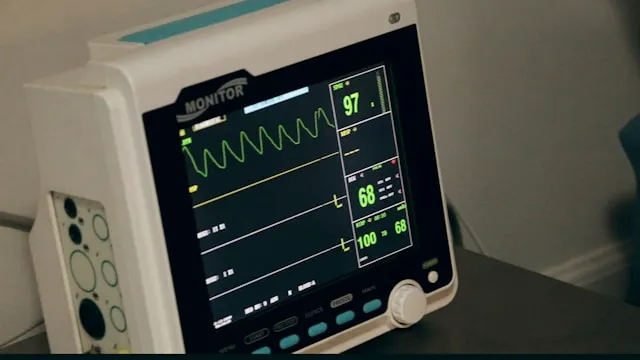Coronary artery bypass surgery (CABG) is the most common open-heart surgery known by the doctors today. People who suffer from coronary heart diseases, such as heart attacks, need CABG to recover from their heart disorders.
When the levels of cholesterol, calcium and other substances are found high in your blood, the arteries that pump oxygen-rich blood into your heart get blocked by the accumulation of these substances over years and the plaque it creates, blocks the arteries that cause coronary heart diseases.
Read about: Recovery after CABG and CABG ExercisesCoronary artery bypass surgery helps in improving the blood flow to the heart. Left-sided chest pain is one of the most common symptoms of a coronary artery disease. It is caused due to blockages in the artery. If the blockage is severe, angina, shortness of breath and, in some cases, even a heart attack can occur.
During CABG, the heart surgeon connects a healthy artery or vein from the body to the blocked coronary artery. The grafted artery or vein bypasses the blocked portion of the coronary artery and creates a new passage, in which the oxygen-rich blood is directed around the blockage to the heart muscle. Coronary artery bypass surgery is also known by various names, such as bypass surgery, coronary artery bypass surgery, and heart bypass surgery.
Do you need CABG?
Heart patients suffering from severe coronary heart disease, which could lead to a heart attack, need CABG to treat their blocked arteries. If other treatments for heart attacks, such as medicines or lifestyle changes don't work, your doctor may recommend CABG as the treatment option. CABG can also be used to treat those who have severe blockages in the larger coronary heart arteries and haven't been treated well with angioplasty.In such a case, CABG is considered to be more results-driven than angioplasty.
After conducting a diagnosis, your doctor will be the one to decide whether you need CABG or not, based on the factors listed below.
- The presence and severity of CHD symptoms
- The location of blockages in your coronary arteries
- Your response to other treatments
- Your quality of life
- Any other medical problems you have
CABG can be performed on an emergency basis during a heart attack as well.
The purposes of performing CABG on a CHD patient include:
- To decrease angina and other coronary heart disease symptoms
- To allow the patient to resume a more active lifestyle
- To improve the pumping action of your heart if it's been damaged by heart attacks
- To reduce the risk of a heart attack (especially in those who have diabetes)
- To improve the chances of survival
In some patients, CABG may be repeatedly needed if the new grafted arteries get blocked or if new blockages develop in the arteries that were previously not blocked. After performing CABG, the patient must take medicines as prescribed and follow a healthy lifestyle recommended by the doctor in order to reduce the chances of the graft arteries/veins getting blocked.
CABG is a result-oriented heart procedure that significantly reduces CHD symptoms. After performing the CABG procedure, nearly 85% of people have successfully reduced the risk of future heart attacks and a decreased risk of dying within 10 years.
CABG Recovery Tips
If you have just gone through the CABG procedure for your coronary heart disease, you may need to follow your doctor's specific instructions to recover. Listed below are the concerns that matter.
- How to recognise signs of other infections or complications
- How to care for healing incisions made during the surgery
- When to call your doctor right away and when to make follow-up appointments
CABG has some common side effects which often go away within 4 to 6 weeks after CABG, and may include:
- Itching sensations and discomfort from the incisions
- Swelling in the area where an artery or vein was removed for the purpose of grafting
- Tightness or muscle pain in the shoulders and upper back
- Mood swings, fatigue and depression
- Constipation
- Loss of appetite
- Sleep disorders
- Chest pain at the site of the incision (more common in the traditional CABG procedure)
Risks of Coronary Artery Bypass Grafting
CABG is the most common and the safest open-heart procedure for treating coronary heart disease, however, although uncommon, there are a few complications involved in performing CABG. If you are a candidate for CABG, please take a look at the risks involved in CABG as listed below, and choose a reputed heart specialist to perform CABG.
- Wound infection/ bleeding
- Fever
- Pain
- Reactions to anaesthesia
- Memory loss, problems concentrating or thinking clearly (in some people)
- Stroke, heart attack, or even death
Some CABG patients are prone to developing fever caused due to chest pain, irritability and a decrease in appetite due to inflammation in the lungs and heart. This complication is seen anywhere in the first 6 weeks post CABG.
Its treatment includes cutting through the pericardium, which is the outer covering of the heart. Usually, this side reaction is not very serious. However, in some patients, a build-up fluid may get developed around the heart and may require another treatment.

Reviewed by







